Aloha Steemers,
Over the weekend I finally visited a place I haven't visited since I was a child: The Natural History Museum.
As much as I loved the exhibitions on display I was also in awe of the building itself- it is a magnificent piece of architecture.
The main entrance really took my breath away, not because of the main piece on display,a whale skeleton hanging from the ceiling; but more so the tiles/deco that made up the ceiling.
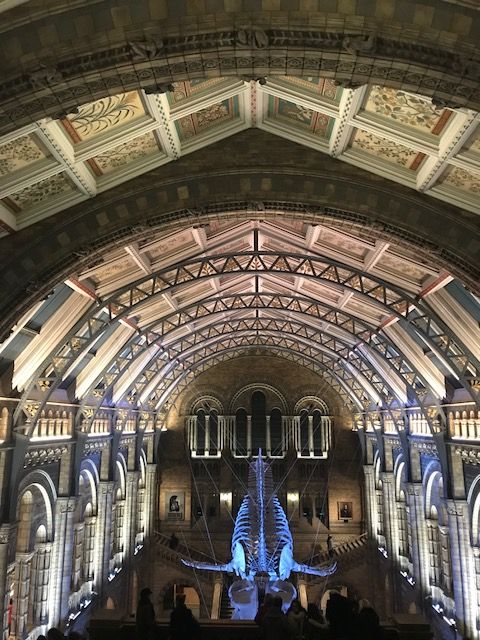
Every inch of this museum is made up of art and intricate details. You'd think with the magnificent pieces on display, they wouldn't think of creating pieces to make up the ceiling, I mean a plain ceiling would just be sufficient enough too.
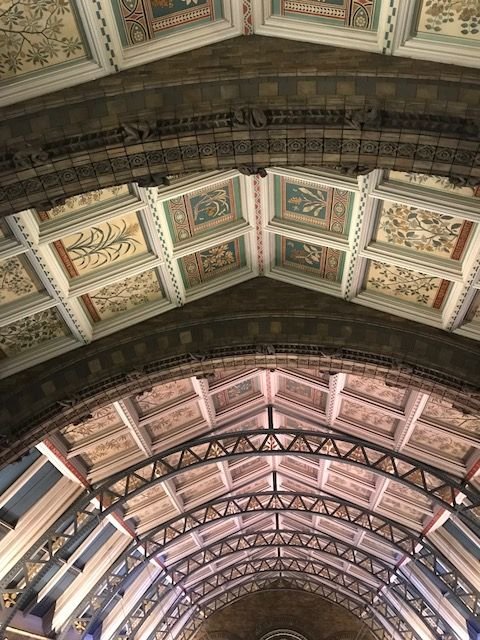
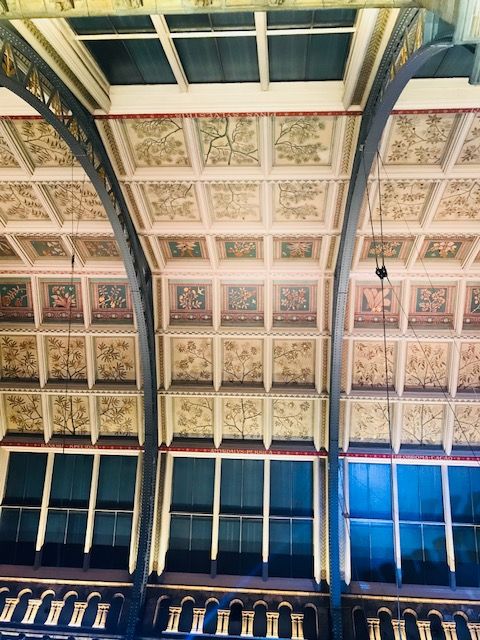
The hall is one grand space, and I mean huge, but it is curved and made up of slabs of floral work. Walking around the museum after spraining my neck by always looking up to see the ceiling, I finally came across a little slab that contained info on the slabs.
As I had suspected the ceiling slabs had been planned and carefully placed in theme with the theme of the Museum.
An architect named Alfred Waterhouse had worked closely with Richard Owen, who was the Museum's first superintendent.

They had designed the building with architecture that echoed the wide variety of specimens in the collection-including the ceiling; to represent the plants that exist around the world.
A lot of the hand painted illustrations represent plants of economic, medicinal and horticultural importance, from tea, coffee to opium poppies and aloe plants.
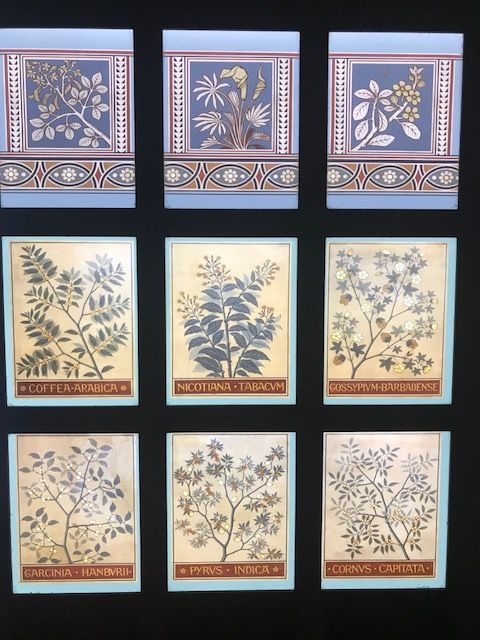
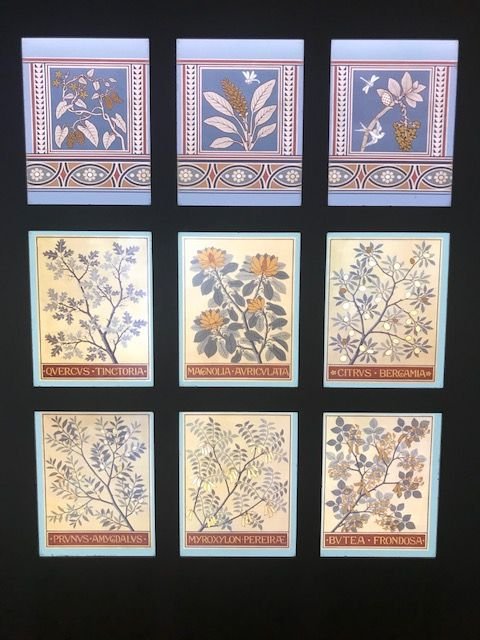
As you can see the slabs are beautifully panted, giving off a rich vintage vibe that truly is in theme with the Museum's architecture. It was lovely to see that they kept in theme with the surrounds of the museum, rather than opting for brand spanking new pieces which would have stood out way too much.
I absolutely love when a building respects it's heritage and carefully sought out pieces/maintains pieces that see fit with the theme, instead of getting illuminated pieces with luminous colours etc.
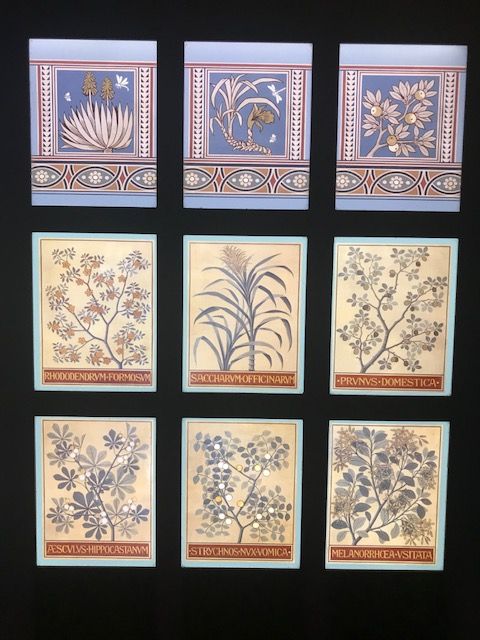
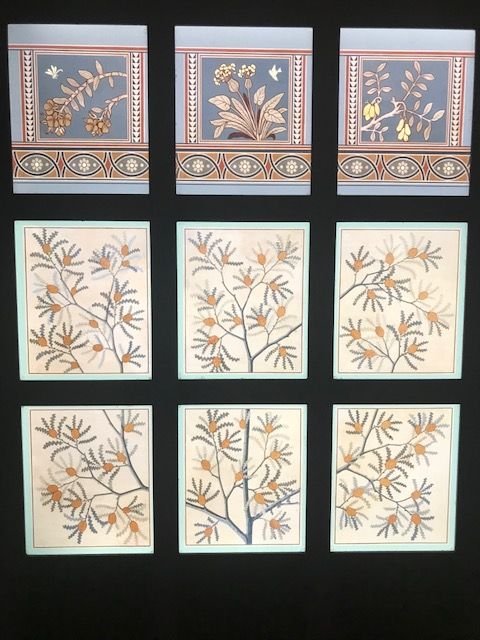
The rest of the panels pay homage to key people within the Museum's history such as Sir Hans Sloane and Sir Joseph Banks.
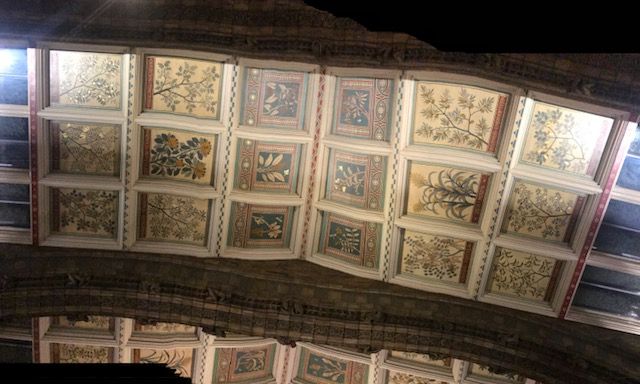
Next time you visit a museum, take note of the surrounding space hosting the exhibitions..see if they follow the themeof the museum and its key pieces.
Peace & love all,
Han